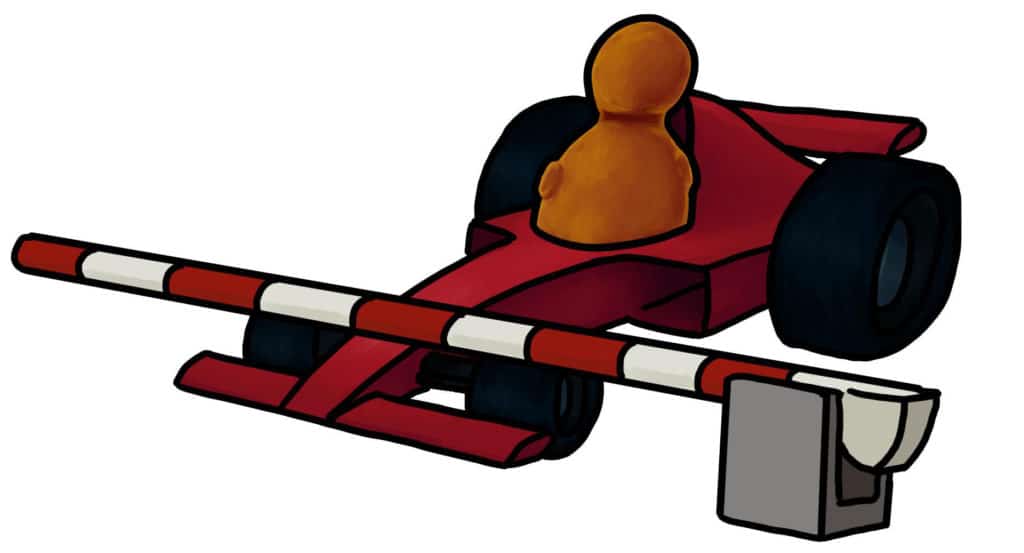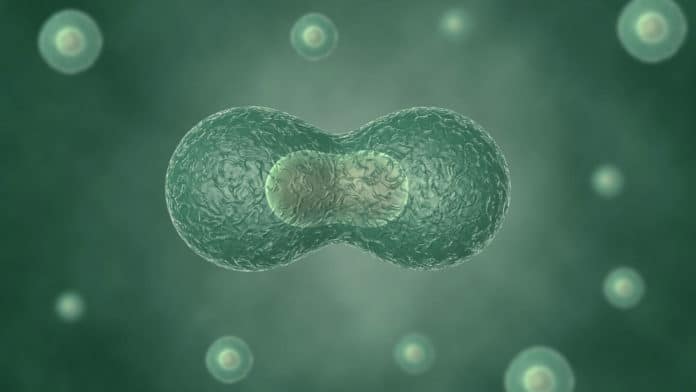To perform its function correctly, cells go through a lifecycle. This lifecycle includes growing to the right size. It is a vital process as it ensures the perpetuation of the cell population and the greater structure they are a part of.
Checkpoints govern the cell cycle, preventing errors like mutations or DNA damage from being passed on to the next generation of cells. Each checkpoint serves as a quality-control monitor (a biological “checklist”), ensuring the cell cycle’s order, integrity, and fidelity. However, checkpoints frequently fail or are overruled following a protracted halt in the cell cycle. If this occurs in the human body, it could lead to uncontrolled cell proliferation and division, as seen in cancer.
Then, how do cells balance risk and speed when dividing? A new study explains the process of checkpoint override.
The study by Sahand Jamal Rahi at EPFL‘s School of Basic Sciences and his colleagues reports a new mathematical theory that describes the process of checkpoint override.
Rahi said, “Many organisms have to predict what will happen. You have a problem, and you have to assess how bad that problem could be because the consequences are not certain. You could survive this, or you might not survive this. So, the cell makes a bet either way. And in this study, we analyze the odds of that bet.”
For a real-life model organism, the scientists looked at the budding yeast Saccharomyces cerevisiae. The DNA damage checkpoint in yeast is among the best research systems that monitor organisms. Hence, scientists decided to observe checkpoint overrides in yeast.

Rahi said, “We started with a mathematical analysis behind which was a very simple question: what if these organisms are balancing risk and speed because they have to predict the future?”
“This tradeoff between risk and speed is similar to the quality control system of a factory assembly line: how fast can you produce things before the quality is affected? How do you balance quality and efficiency?”
“People have thought about this risk-speed tradeoff for checkpoints before, but they’ve only thought about it qualitatively. It’s not something that has been actually analyzed or taken seriously. So, I guess we can claim ownership of the idea!”
“We looked into the relationship between risk and speed. The theory is basically balancing different probabilities, so we’re computing the change in fitness if you wait versus if you continue with self-replication.”
“The organism has to come up with a strategy that involves continuously deciding to wait or go depending on the gravity of the organism’s situation at that time. Of course, waiting means that you will make fewer and fewer progeny. So the alternative is to take a risk, so the cell divides, and there’s a probability that it survives, and there’s a probability that it dies.”
“The theory calculates when risk and speed balance one another, determining the optimal “time.” The result turned out to be a very simple equation.”
Besides yeast, the theory applies to cells because it only considers risk and speed, factors that affect all organisms.
Rahi said, “There isn’t a one-to-one correspondence between what happens in yeast and mammalian cells because mammalian cells have other constraints on them than just maximizing their growth.”
“But when cells become cancerous, they decouple their fitness from the fitness of their host. And then, Darwinian evolution suggests that they should remodel their checkpoints to maximize growth. It’s something we are interested in; one of our next steps is seeing whether cells optimally rewire their checkpoints once they become cancerous.”
“I don’t expect that cancerous cells would abolish their checkpoint systems altogether. They don’t get rid of their checkpoints because then they take on too much risk in each division.”
“Having no checkpoints whatsoever compared to when they were precancerous is also not optimal because then as soon as there’s a problem, they will die. So, we’re interested to see whether they too aim for this state of optimal balance that our theory describes.”
Journal Reference:
- Sadeghi, A., Davey, R., Gligorovski, V. et al. The optimal strategy balancing risk and speed predicts DNA damage checkpoint override times. Nat. Phys. (2022). DOI: 10.1038/s41567-022-01601-3
